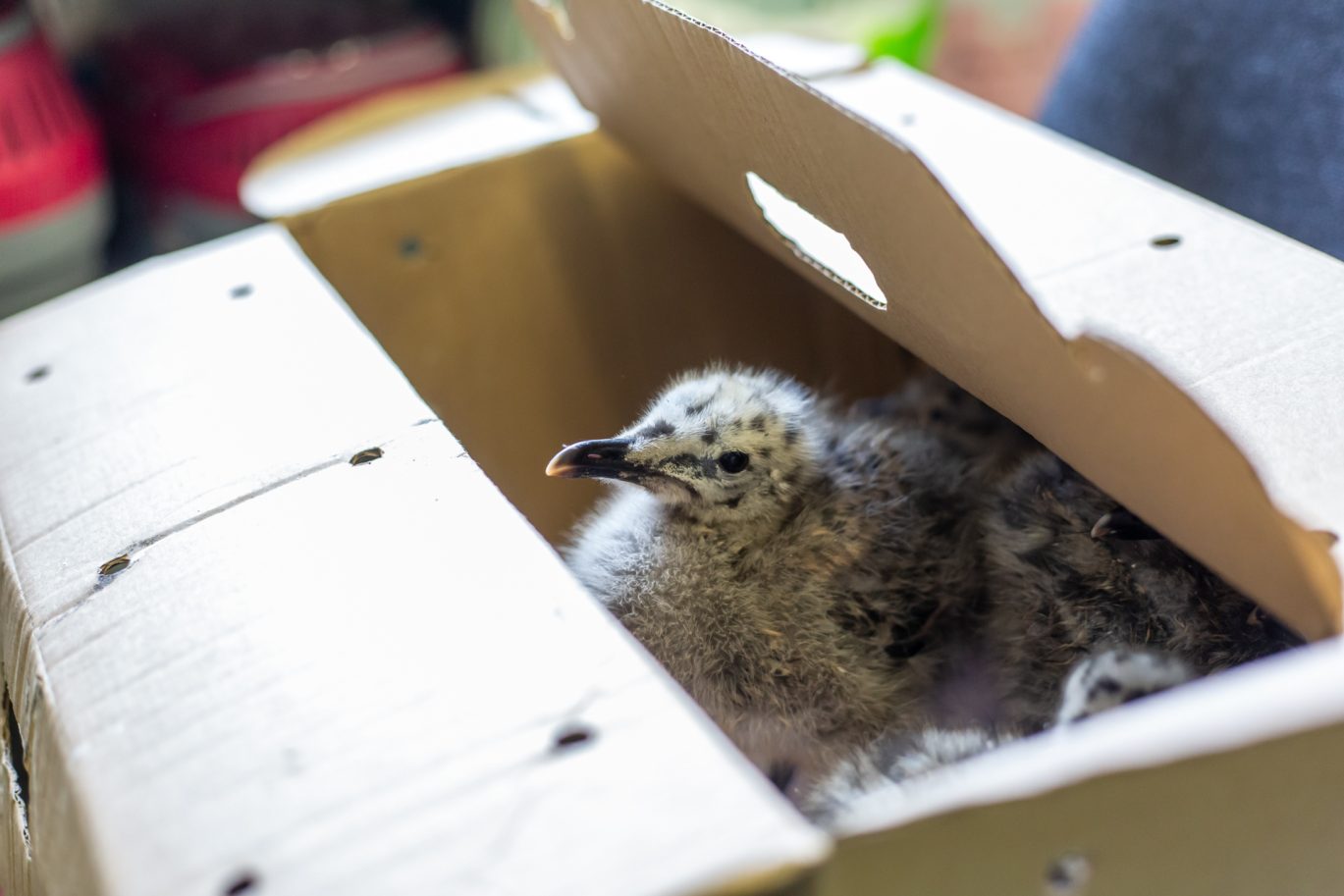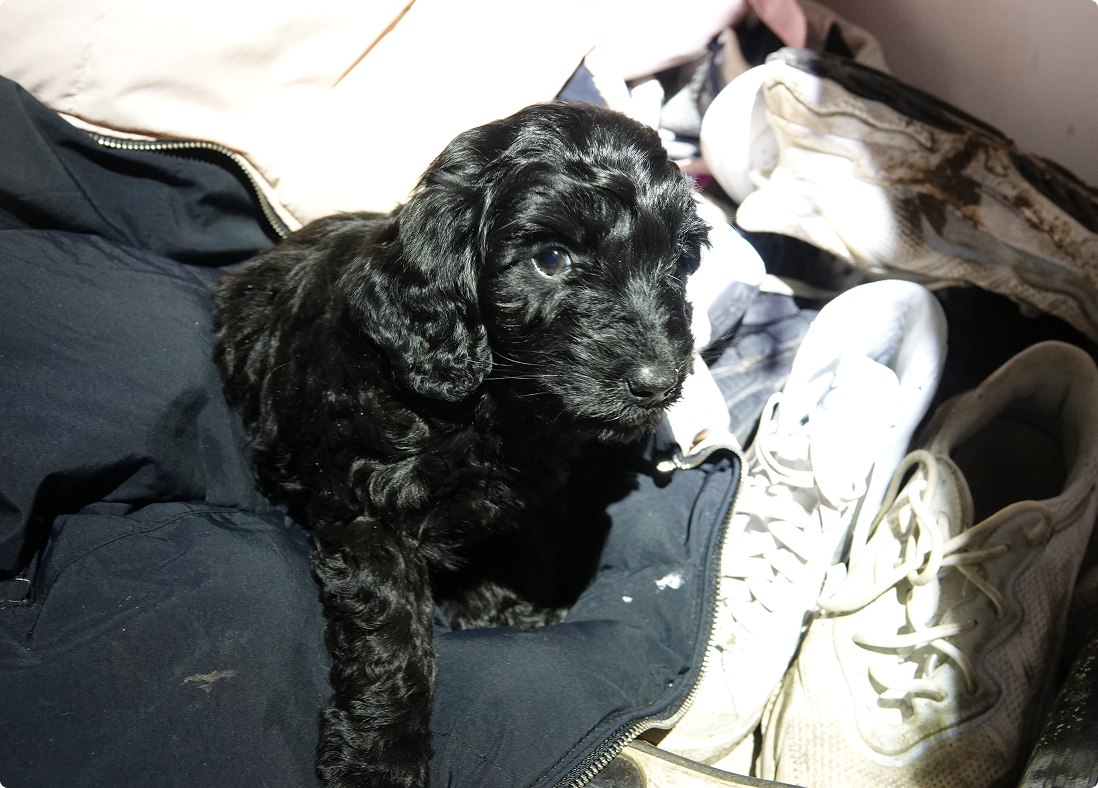
When do birds start nesting?
Spotting the start of nesting season.
Every year when the flowers start to bloom, you’ll notice more birds singing and perhaps an increase of feathered friends in your garden. For many wild birds, spring marks the start of nesting season, also known as breeding season, so here’s everything you need to know about this period.
Bird nesting season
Nesting season is where birds begin searching for materials to build a nest. You can sense the start of this season as bird activity will increase, and you may find nesting materials bundled around your garden. You will start to hear the dulcet tones of wild birds as they begin the process of attracting mates and marking territories for potential nests.
Your garden birds may seem heightened during this period, fighting with other birds and darting between different areas. They will be feeling a sense of urgency to pair off, find a nesting territory and start having nestlings.
We often think of a bird’s nest as their home, however, it’s actually more of a crib for their offspring. A nest provides shelter and warmth for the eggs to be able to incubate and safely grow. Birds will often time the hatching to occur during the warmer months to increase the chicks’ chance of survival.
Wild birds will build their nests out of many things including sticks, moss, straw, droppings, grass and litter.
When do birds start nesting?
There’s no exact date for birds to start nesting as it depends on different environmental factors that come along with spring.
Typically, nesting season for most wild birds begins around March but it can be as early as February depending on the climate. The start of spring brings longer days which causes an increase in the hormone prolactin in birds, stimulating their desire to mate and reproduce. This time of year also brings a rise in temperatures as well as a broader availability of food sources and materials for the nest. The increase in insects and new buds during spring provides tasty and essential food for the nestlings.
There are some birds who are exceptions to this specific season such as Pigeons and Doves who reproduce all year round and Barn Owls who nest in October.
Where do birds nest?
Birds will choose a nesting location that’s sheltered and away from potential predators but close to food and water sources. Commonly, nests are built in:
- Trees and shrubbery
- Gutters
- Windowsills and ledges
- Chimneys
- Wall cavities
- Solar panels
- Warehouses
- Plane hangars
- Commercial roofs
When do birds stop nesting?
The nesting season usually runs until the end of August before the colder weather kicks in.
What to do if a bird is nesting in your garden?
It’s common to see a bird nest in your back garden, especially if you have trees or high bushes. Your garden is usually safe from predators, providing the perfect place to raise offspring. Having wild birds in your garden is a beautiful thing but will also inevitably lead to an increase in droppings. Ensure that these are not ingested by yourself, your family, or your pet as they can carry nasty diseases.
If you have a bird’s nest in your garden, you are legally required to leave it alone under Section 1 of the Wildlife and Countryside act 1981. Disturbing nests can result in the injury and even death of wild birds. You cannot remove or destroy a nest whilst it’s being built or is in active use.
This act also covers the destroying of wild bird eggs, removing or cutting down trees without first checking for a nest, the harming or injuring of any wild bird and the disturbance of birds whilst they’re near or in a nest containing eggs or offspring.
There are some exceptions if a bird’s nest is causing many problems to you in which a general license could be granted to bird control professionals to remove a nest from your garden. But usually if you have a nest in your garden, it’s best to just leave it alone and allow the birds to raise their young in peace.
How to help birds during nesting season
If you’re keen to help out your feathered friends during this period, then there’s a number of things you can do to make your garden more accommodating.
- You can leave out natural fibres for birds to collect, avoiding leaving out human or pet hair. Human hair can entangle young birds and pet hair can contain medications, such as flea and worm treatments, that are toxic to them.
- You can also leave out fresh cut greenery to help them bulk out their nest and make it comfy.
- You could create a small muddy patch as many birds such as Song Thrushes and Blackbirds use this mud in their nests.
- Putting out seeds and live or dried mealworms can provide an extra food supply for the hungry baby birds.
- If you have bird feeders it’s important to clean them every couple of weeks to reduce the chance of diseases being passed among the birds.
That’s nesting season from start to finish
We hope this advice helps you recognise when birds start to nest and understand what you can do to support them during this period.
Please consider giving a one-off donation today to help us support wild birds in Scotland.

Puppies across Scotland need your help
Please consider giving a monthly donation today. Give Scotland’s animals the gift of safety this winter and beyond. The criminals involved in the low-welfare puppy trade never stop. And with your help, neither will we. Every £1 matters to puppies like Winnie.